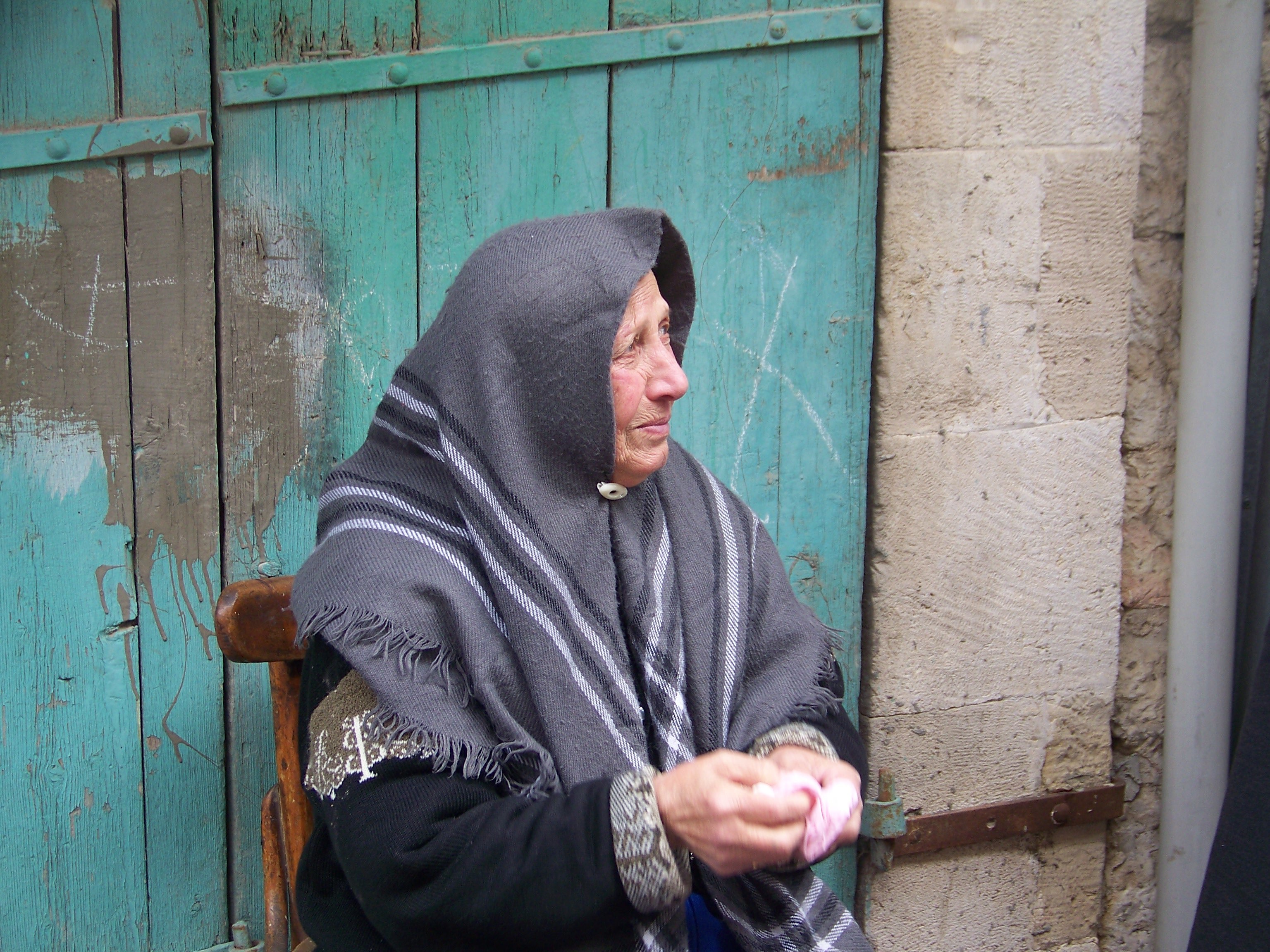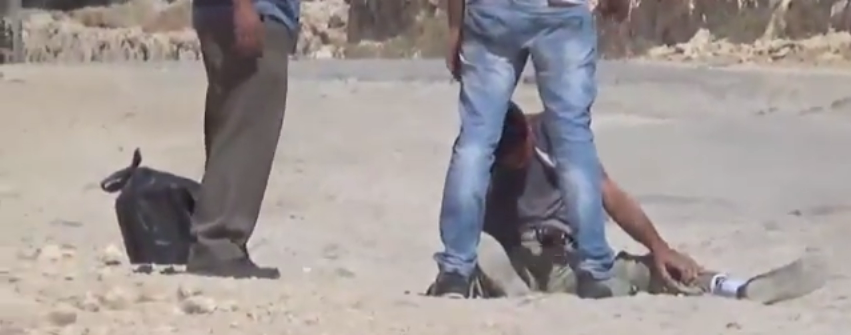Tag: Israeli police
-
Arbitrary use of closed military zone orders in Hebron
22nd November 2015 | International Solidarity Movement, al-Khalil team | Hebron, occupied Palestine After being allowed back to their legally owned apartment in Tel Rumeida in occupied al-Khalil (Hebron) on Thursday, international human rights defenders were kicked out from their home for the third time by Israeli forces the following day. The draconian restrictions of…
-
Israeli forces weld shut the doors of an elderly Palestinian woman’s houses on Shuhada Street
19th January 2015 | International Solidarity Movement, Khalil team | Hebron, Occupied Palestine This afternoon in occupied al-Khalil (Hebron), Israeli forces gathered on Shuhada street, surrounding the doorways to the two houses belonging to Aamal Hashem Dundes, an elderly Palestinian woman, and her family. A soldier, wielding a torch and various other equipment, welded shut the doors.…
-
Israeli police beat a Palestinian and confiscated his tractor
13th August 2014 | Operation Dove | at-Tuwani, Occupied Palestine On August 12th, at approximately 9.45 a.m., near the South Hebron hills area village of at-Tuwani, Israeli Police beat a Palestinian and confiscated his tractor. The 20-year-old man was driving his tractor, carrying a water tank, from the village of at-Tuwani to Yatta City when the Israeli police…



